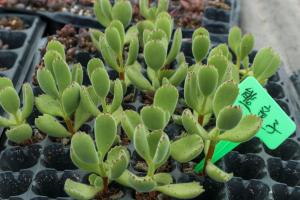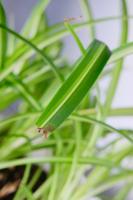Should I Cut My Tomato Plants Back?
Tomato plants are a staple of many home gardens, and they can be a challenge to grow successfully. One question that many gardeners ask is whether or not they should cut back their tomato plants. The answer to this question depends on a number of factors, including the type of tomato plant you have, the stage of growth it is in, and the goals you have for your tomato plants. In this article, we will explore the pros and cons of cutting back tomato plants, as well as provide guidance on when and how to do it.
Advantages of Cutting Back Tomato Plants
There are several advantages to cutting back tomato plants. Firstly, cutting back can help to promote healthy growth, as it encourages the plant to focus on producing new growth rather than continuing to produce fruit. Additionally, cutting back can help to increase the amount and quality of the fruit that the plant produces, as it allows the plant to redirect its resources towards fewer fruit, resulting in larger and more flavorful tomatoes.
Another benefit of cutting back tomato plants is that it can help to prevent disease and pest problems. Pruning allows you to remove any diseased or damaged leaves, which can help to reduce the risk of infection spreading throughout the plant. It can also help to improve air circulation and sunlight exposure to the fruiting areas, which reduces the risk of fungal infections.
Disadvantages of Cutting Back Tomato Plants
Despite the benefits, there are also some disadvantages to cutting back tomato plants. Firstly, cutting back too aggressively can result in stunted growth, which can lower the overall yield of the plant. Secondly, cutting back too late in the season can result in a delay in fruit production, which can be undesirable for those hoping for a harvest before the end of the growing season. Finally, improperly pruning your tomato plants can cause damage or infection to the plant, especially if you are not familiar with the proper techniques or hygiene practices.
When to Cut Back Tomato Plants
The timing of cutting back tomato plants is critical, and it depends largely on the stage of growth of the plant. In general, it is best to cut back your tomato plants when they are in the vegetative growth stage, which is before the formation of the first flower clusters. This allows the plant to focus its energy on producing new growth and establishing a strong root system. However, if you miss this window and your plants are already in the flowering stage, you can still cut them back to promote healthier growth and more productive fruit.
Another important factor to consider when determining when to cut back tomato plants is the climate and growing conditions. Cold climates or short growing seasons may require earlier pruning to ensure that your plants produce fruit before the season ends. Conversely, warmer climates or longer growing seasons may allow for more aggressive pruning, as the plants have more time to recover and produce new growth.
How to Cut Back Tomato Plants
Before you begin cutting back your tomato plants, it is important to make sure you have the proper tools and knowledge. You will need a set of sharp pruning shears or scissors, as well as a basic understanding of the anatomy of the tomato plant. In general, you will want to remove any damaged or diseased leaves, as well as any leaves that are shading the fruiting areas or preventing air circulation. It is important to avoid cutting into the main stem or removing too much foliage at once.
Ultimately, whether or not you should cut back your tomato plants depends on your goals and the specific needs of your plants. If you are looking to promote healthy growth and increase the quality and quantity of your fruit, cutting back may be a wise choice. However, if you are concerned about stunted growth or a reduced yield, you may want to avoid pruning too aggressively or too late in the growth cycle. By understanding the pros and cons of cutting back tomato plants and following the proper techniques, you can help to ensure a bountiful and healthy harvest.

 how many times do yo...
how many times do yo... how many planted tre...
how many planted tre... how many pine trees ...
how many pine trees ... how many pecan trees...
how many pecan trees... how many plants comp...
how many plants comp... how many plants can ...
how many plants can ... how many plants and ...
how many plants and ... how many pepper plan...
how many pepper plan...































